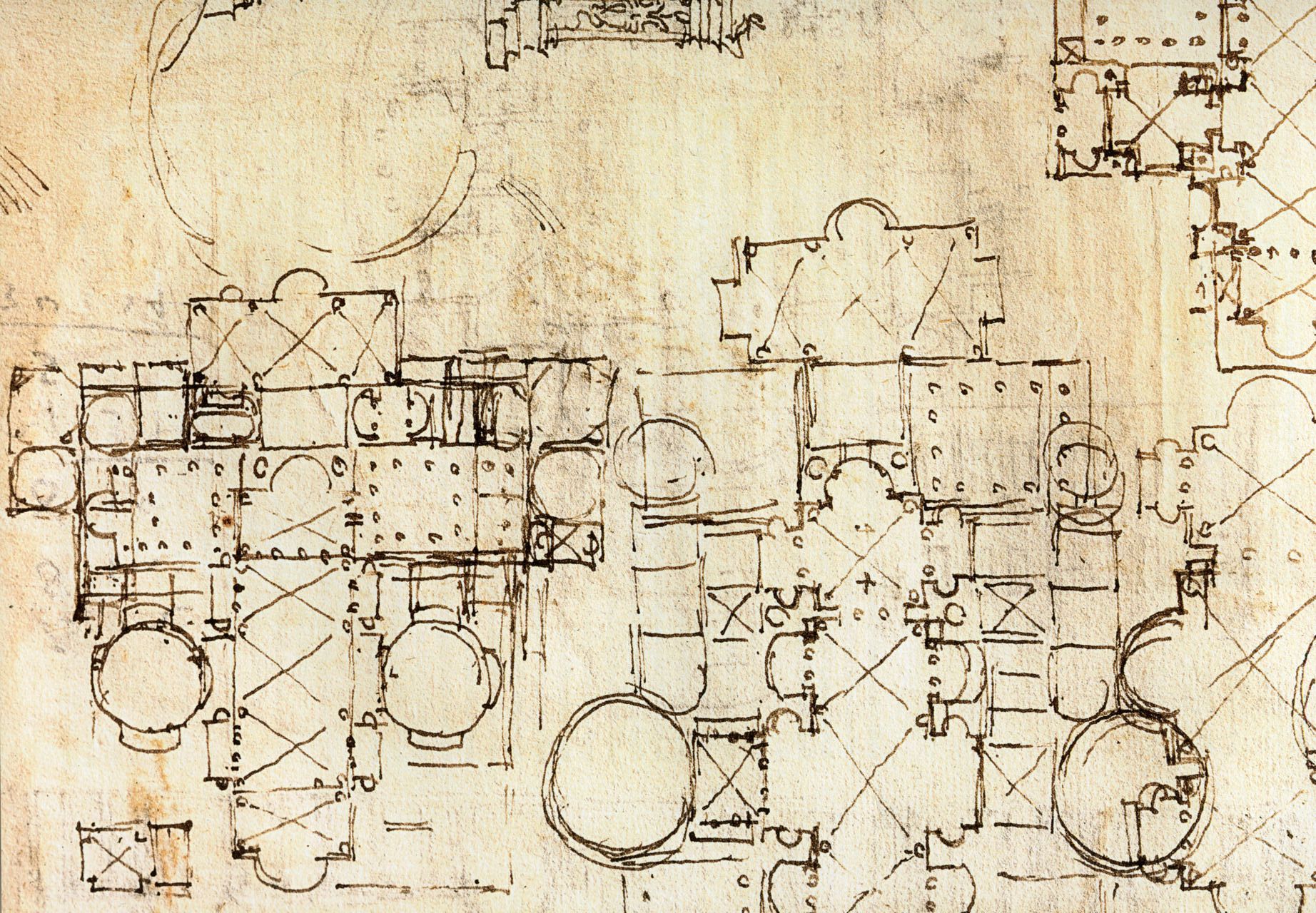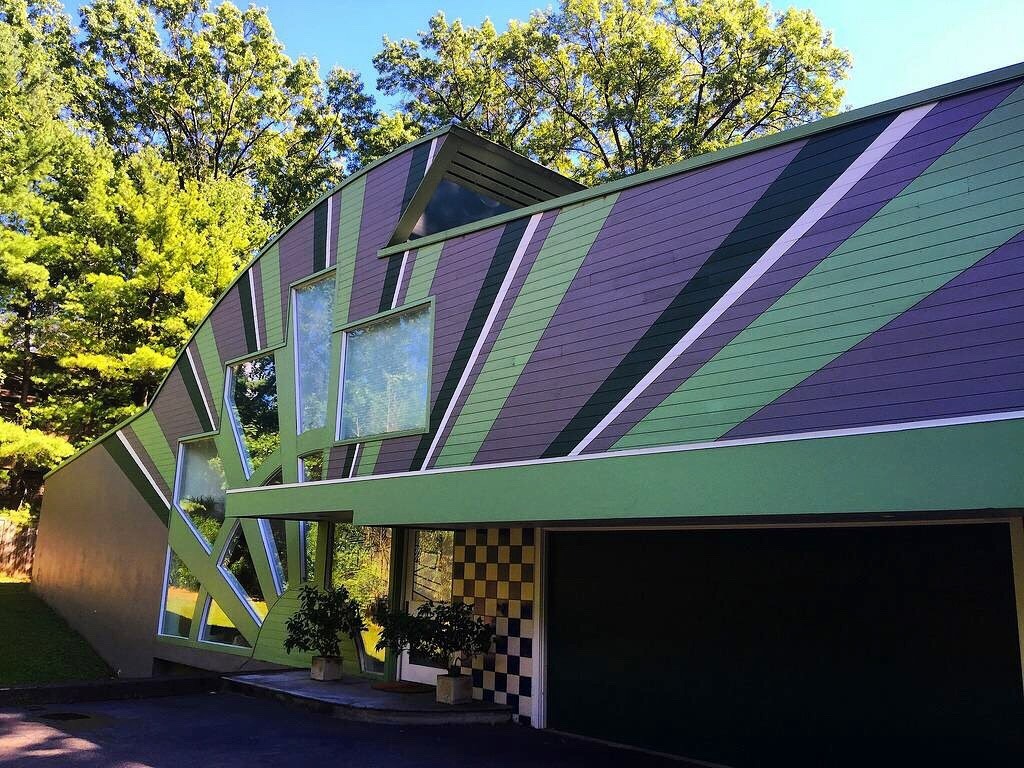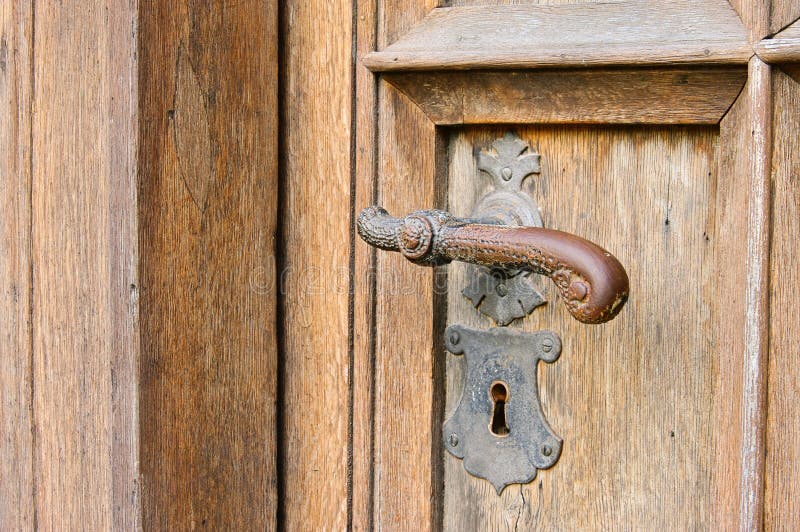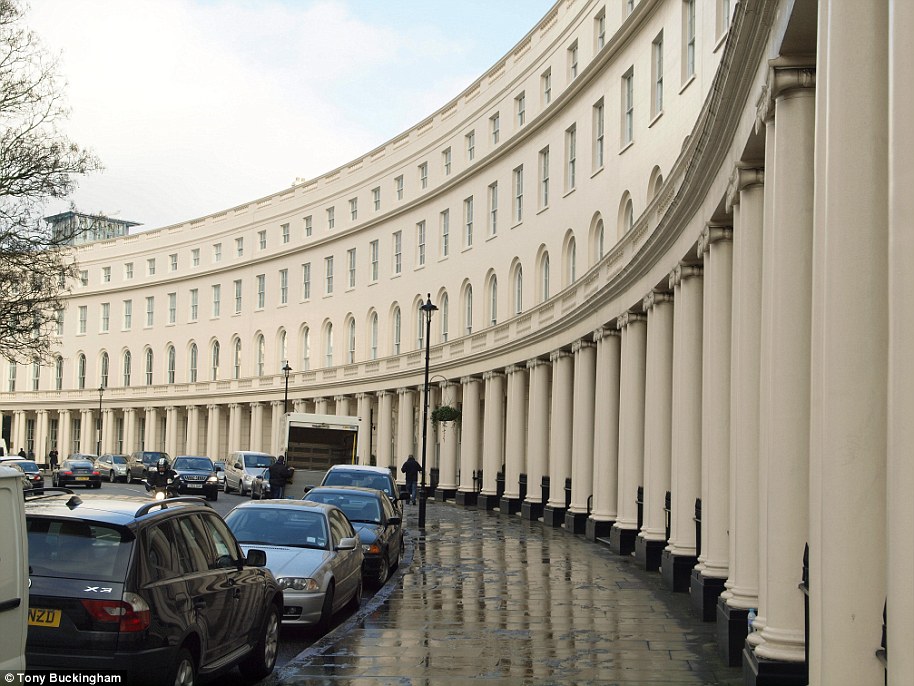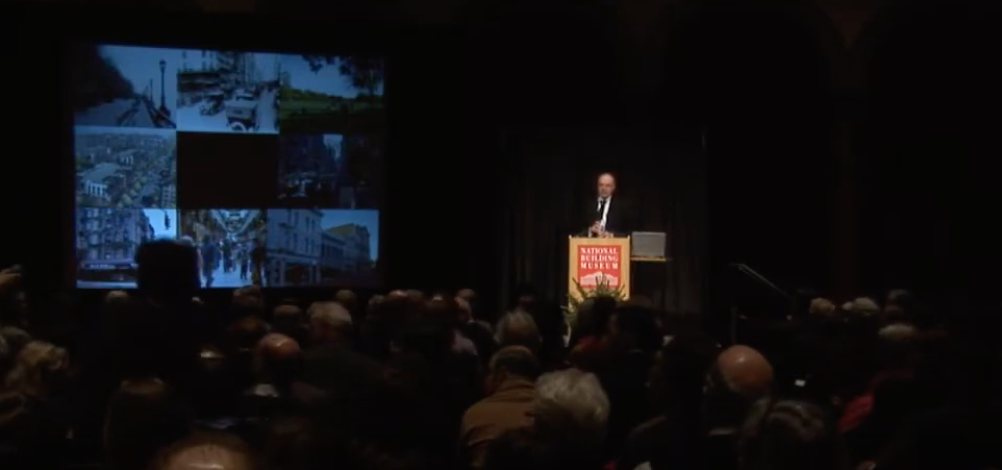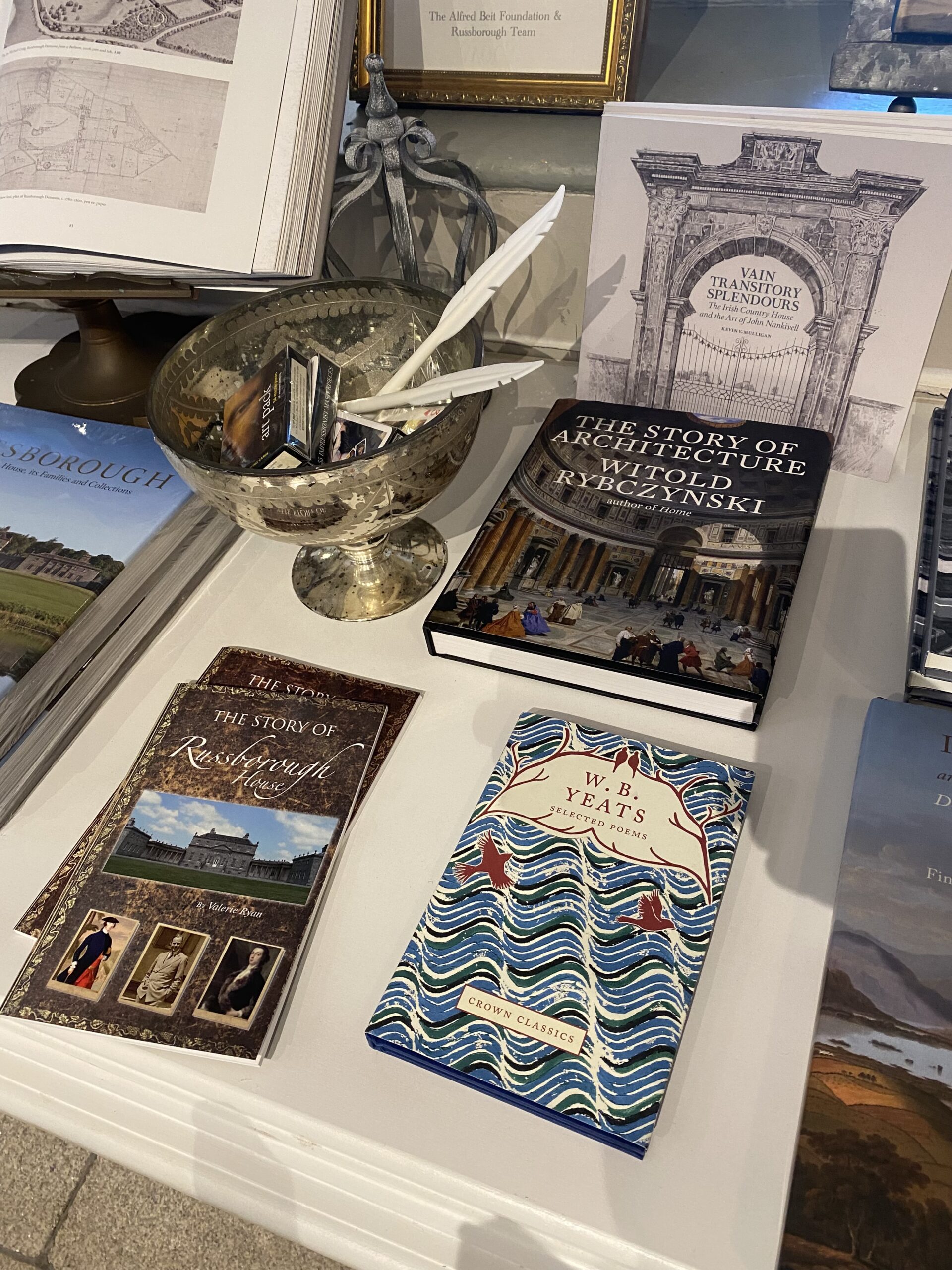UNSTICKING
“What is to be done?” my friend asked. We had been discussing the rather low current state of architecture, countless glass boxes, undisciplined and arbitrary designs, a profession at sea. We have been here before. Because fashion is an unavoidable aspect of architecture—not the main thing, but always lurking in the background—architecture does not evolve steadily like science or technology, it swings back and forth and occasionally gets grounded. That happened in the United States in the late nineteenth century, and it took a Richardson and a McKim to shake it out of its lethargy. Something similar happened in the 1970s,

